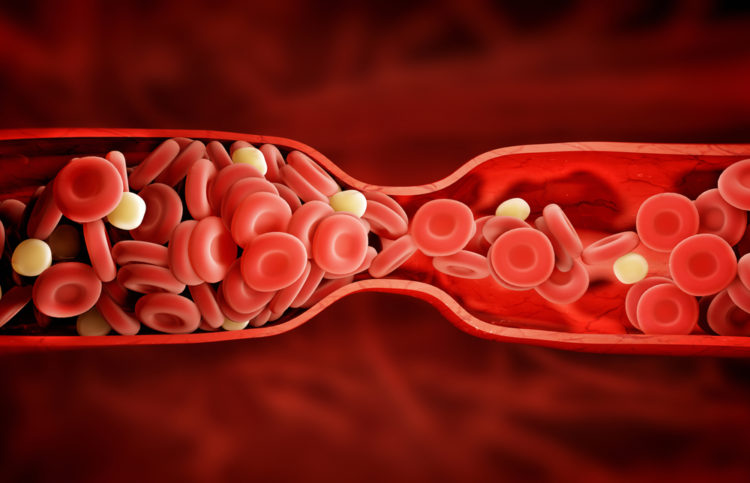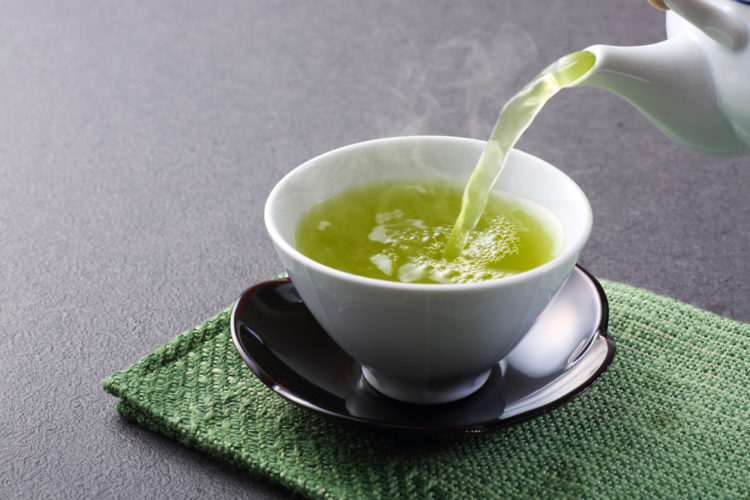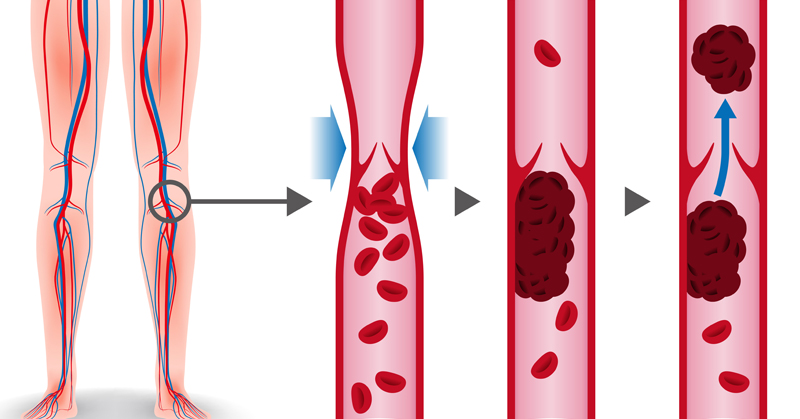Deep vein thrombosis occurs when a blood clot forms in a deep vein, most often in the lower leg, thigh or pelvis. There are several deep vein thrombosis causes and risk factors that can make you more susceptible to developing the condition. (1) Deep vein thrombosis symptoms may be subtle, or non-existent. Without deep vein thrombosis treatments, it is possible for the blood clot to detach from the original site and travel through the bloodstream to other areas of the body, leading to a pulmonary embolism. (2)
Deep Vein Thrombosis Causes and Risk Factors
- Being over 60 years old
- Genetic factors that can lad to blood-clotting disorders
- A sedentary lifestyle
- A history of heart attack or stroke
- Being overweight
- Being pregnant
- A history of cancer
- Smoking and drug use
- Menopause and hormonal changes

Deep Vein Thrombosis Symptoms
- Red, warm and swollen skin around the affected area (3)
- Pain and tenderness near the clot site
- Difficulty walking or moving normally
- Scaling or ulcers in the affected part of the body
Deep Vein Thrombosis Treatments
1. Exercise
Deep vein thrombosis causes include a sedentary lifestyle. Sitting for long periods of time can make you more susceptible to developing the condition. Take breaks at work to get up and walk around the office. Exercise on a regular basis to promote healthy blood flow and maintain a healthy weight. (4)

2. Check Your Medications
Some medications can contribute to deep vein thrombosis causes. Hormone replacement drugs, birth control pills, cancer treatment drugs and blood pressure medications may increase your risk for blood clots. (5) If you’re taking medication, check in with your doctor regularly to make sure your medication isn’t causing other problems.
3. Eat a Healthy Diet
Deep vein thrombosis treatments include eating a healthy diet. Stick to nutritious whole foods that help you maintain a healthy weight, control your blood pressure levels and support a healthy cardiovascular system. Foods that are high Vitamin K, potassium and magnesium can help regulate blood flow. Add green leafy vegetables, cruciferous vegetables, avocados, sweet potatoes and bananas to your diet. (6) Other foods and herbs with natural anticoagulant and anti-inflammatory properties include:
- Vitamin D and Vitamin E foods, found in fruits and veggies
- Spices and herbs, including turmeric, garlic, oregano, cayenne and ginger
- Evening primrose oil
- Raw honey
- Vinegar
- Green tea
- Omega-3 fatty acids

4. Stop Smoking
Deep vein thrombosis symptoms can be caused by smoking. Cigarettes, electronic cigarettes an other tobacco products are all risk factors for developing blood clots. Try joining a support group or talking to your doctor about effective ways to quit smoking for good.
5. Wear Compression Stockings
Deep vein thrombosis treatments often include compression stockings. Compression stockings can keep deep vein thrombosis symptoms at bay by lowering pressure, swelling and pain in the area where the clot has formed. Keeping the affected area raised and applying moist heat can also help reduce pain and swelling. (7)


